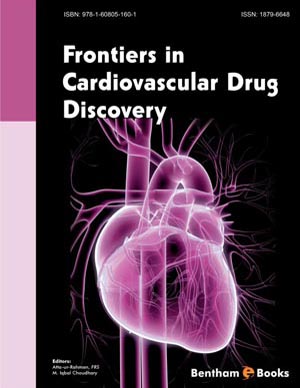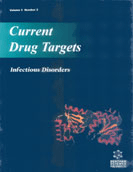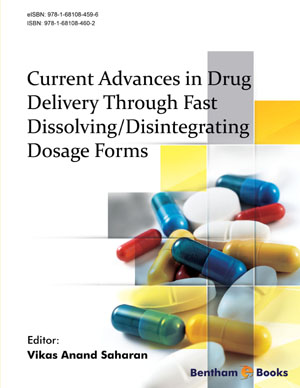Abstract
We are approaching the 100-year anniversary of Dr. Frederick Banting ’ s discovery of insulin for the treatment of diabetes. The population of patients with diabetes is ever-increasing. However, with the availability of insulin, the cause of mortality has shifted from diabetic coma and ketoacidosis to chronic secondary complications. Dysfunction and failure of selected organs is now the most prominent cause of morbidity and mortality. These ‘target’ organs include the eyes, kidneys, heart, lower limbs, and the nervous system. A common feature of these complications is the aberration in the vasculature of the target organs. Studies over the past few decades have shown that dysfunction of the vascular endothelial cells may be the key to the development and progression of the chronic diabetic complications. We present the hypothesis and supporting evidence that preservation and restoration of the endothelial cell function may potentially be the most efficient means of targeting the adverse effects of diabetes.
Keywords: Endothelial cells, diabetes, microangiopathy, macroangiopathy, basement membrane, extracellular matrix, fibronectin, oxidative stress, protein kinase c, aldose reductase, nitric oxide, endothelin, vasoactive factors, cardiomyopathy, advanced glycosylation end products, metabolic distress, glucose






















